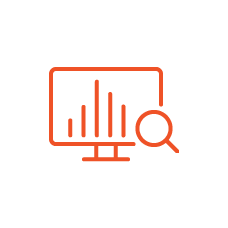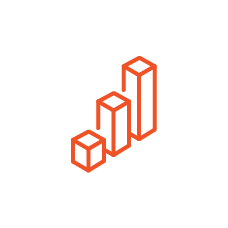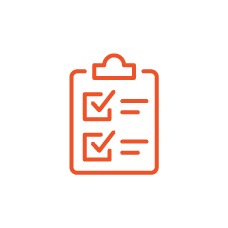Are our desktop and mobile devices supporting us as well as they could? We consider the benefits of Desktop-as-a-Service and how hybrid models can offer further flexibility.
This year has seen rapid and significant changes to the ways that people work. The pandemic shifted most organisations to some form of remote work, creating an excellent opportunity to explore how to move beyond the traditional desktop to a hybrid model of productivity anywhere.
The modern workplace is here, with or without DaaS
Desktop-as-a-Service has been seen as a path to enabling remote work for some time, but many employees have had to move on with or without it.
In the modern workplace, we need to improve the way we work, including any adoption of DaaS, in a way that’s shaped to user requirements.
Firstly, let’s go over the benefits of traditional DaaS.
DaaS can provide important functions to operations like business continuity planning and optimisation of app usage for different user types, such as call centres. Desktop-as-a-Service in Australia can have many advantages for remote locations. Other benefits include:
- Enablement of your BYOD strategy
- Improvement of BYOD security solutions
- No data left on a local device
- Better management of devices
- Reduction in the cost of replacing thick devices
- Better end-user onboarding and offboarding
- Better roaming and hotdesking
- The ability to move devices without losing work
- Massive and rapid scale capability, and
- Extending the lifecycle of desktops up to five years.
For example, in one case a retail chain reduced onboarding time for new stores by 75 per cent from a technology standpoint.
A good DaaS solution will be integrated into a robust identity management and security platform; however, with more applications being delivered via a SaaS model, traditional DaaS doesn’t contain all the elements required to manage people and applications properly.
Any performance problems with DaaS is linked to poor architecture and management. In a properly architected scenario, the end-user should not be aware it is DaaS.
Around three or four years ago there was a push in the industry that DaaS (and VDI, or desktop virtualisation software) would solve everything – but it didn’t.
DaaS certainly has its place, but it isn’t a “silver bullet”. A superior approach is hybrid with DaaS, with identity management and application access in a single platform.
Beyond DaaS to digital workspaces
Organisations that have already invested in SaaS have found the transition to remote work easier and realised the true benefit of cloud. DaaS is becoming less relevant, as the traditional app stack of a thick client becomes less relevant.
As businesses move to SaaS and PaaS models, which reduces the dependence on thick clients, there is a need for a hybrid approach rather than a total cutover.
The future of work will depend on a hybrid architecture which is consistently managed across the organisation, where end-users can move seamlessly from on–premise to cloud apps with no change to the experience.
With a hybrid digital workspace, you can have desktops for legacy apps with modern apps delivered on a modern platform.
Digital workspaces delivered as a service
Organisations looking at providing secure, flexible workspaces have the option of adopting the MSP delivery model.
An MSP will integrate the required software components with the computing and storage capacity to deliver them. With an MSP, regular DaaS or a digital workspace is delivered as an outcome for the business.
In contrast, there are cloud providers providing true consumption-based DaaS without much consideration for the network architecture – or the resulting bill.
The MSP model can also help with smaller organisations that would otherwise find DaaS prohibitively complex to implement in-house. They would act as the Desktop-as-a-Service provider and manage all the desktop virtualisation software.
MSPs can be invaluable BYOD solution providers, including identity and access management.
The number, or “threshold”, of desktops in an organisation such that it should consider DaaS will depend on the app stack and remote working environment, and an MSP will help you to transition properly.
With a hybrid approach and the right support, the future of work is seamless, flexible and secure.







